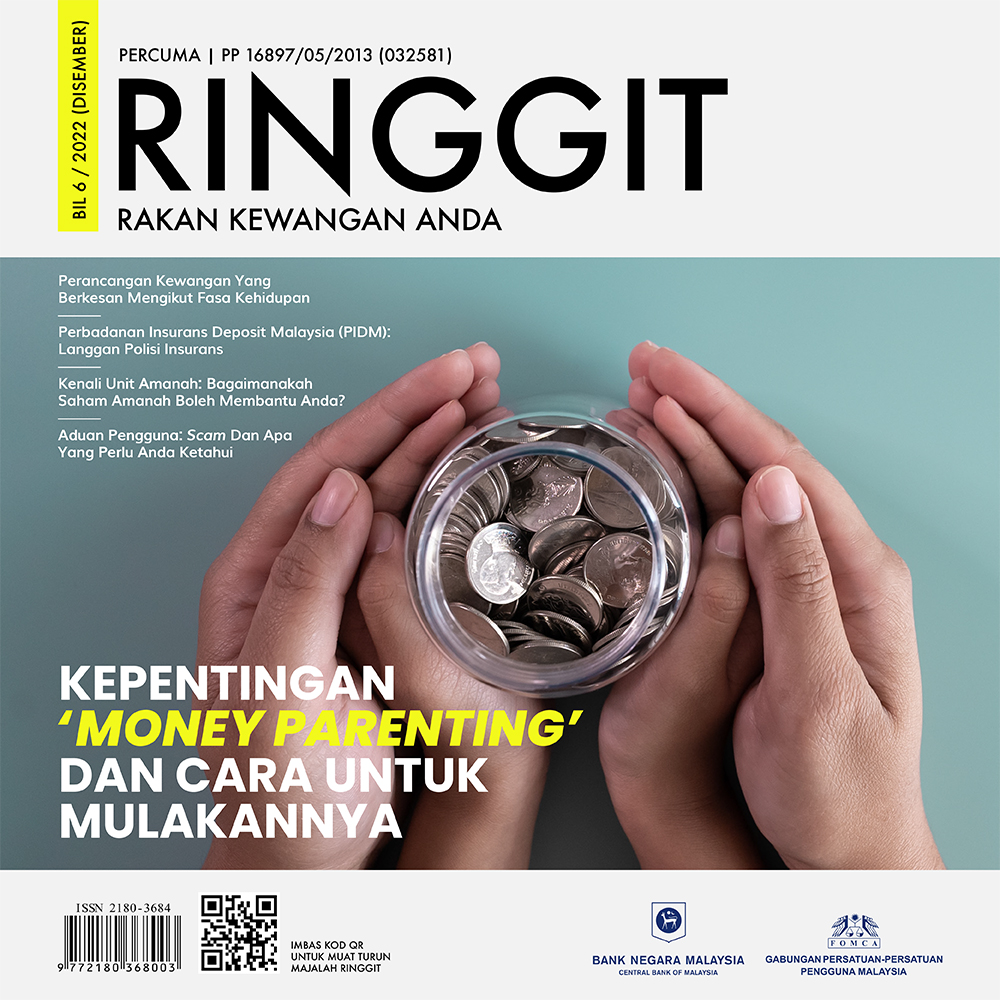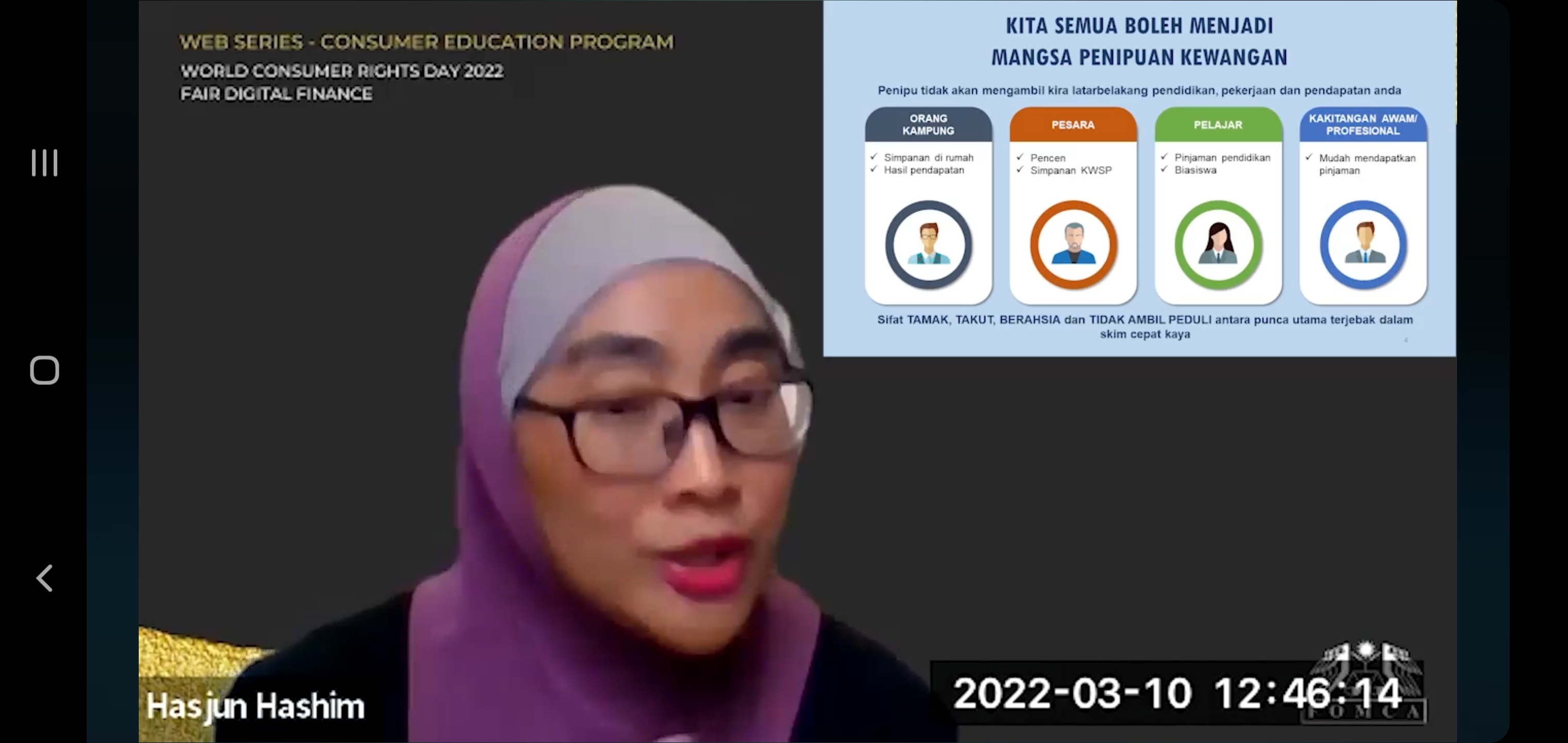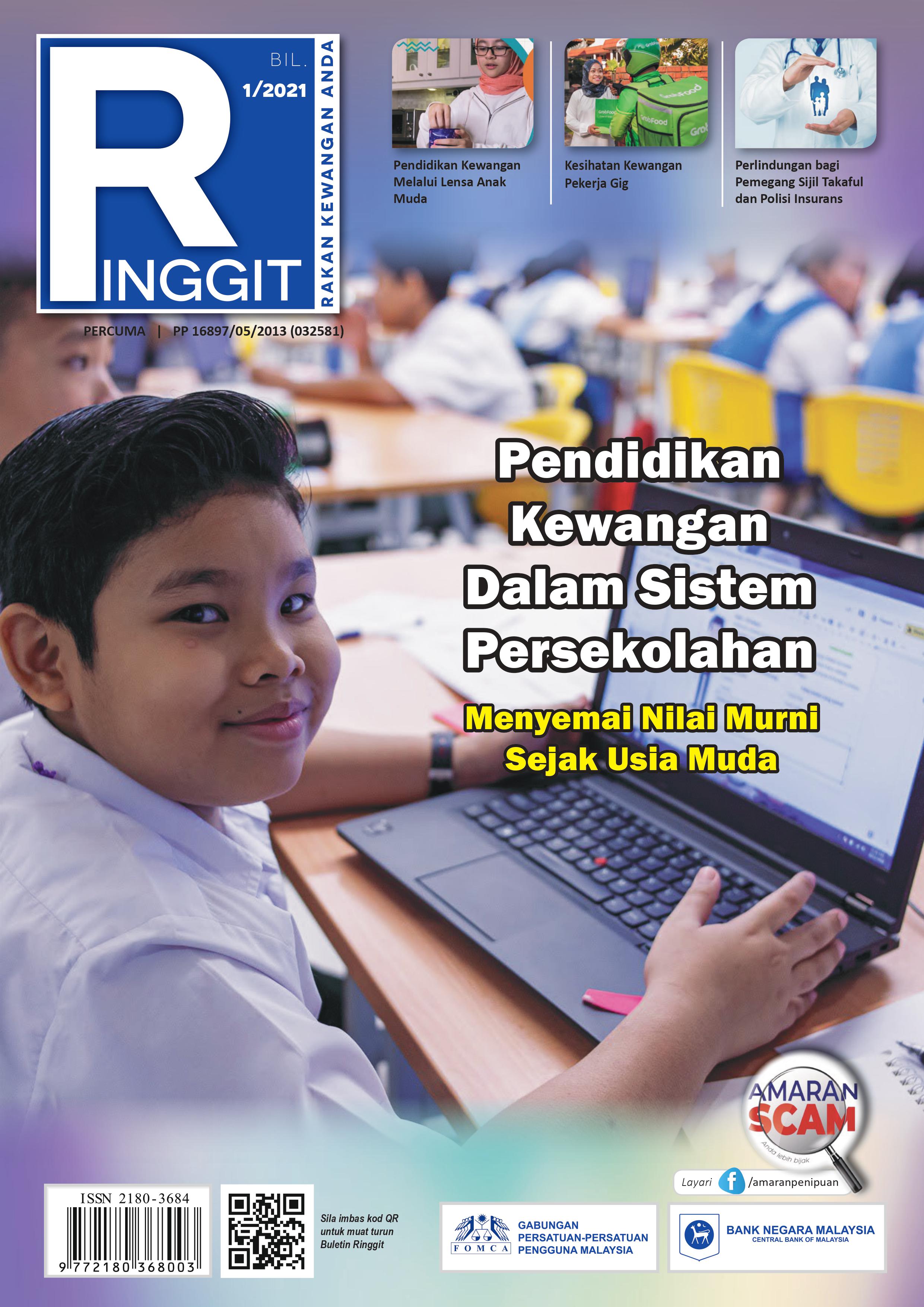For Budget 2020, the total of RM30.6 billion as compared to RM28.7 billion under 2019, has been allocated for healthcare; an increase of 6.6%. FOMCA fully supports the increasing investment in public healthcare. Further, it fully supports the continuing strengthening of public healthcare. With this increasing investment, more hospitals can be built as well as health and dental clinics can be upgraded. Currently, the public hospitals have about 16,000 bed shortages. The increase in allocation could help to reduce the bed shortages in government hospitals, enabling more patients who need critical treatment to be warded.
However, one of the greatest limitations in public hospitals is the shortage of specialists. Currently about 30% of specialists and 45% of doctors serve 65% of the population in public hospitals. The rest of the specialists and doctors serve about 25% of the patients in private hospitals. Certainly it is more lucrative to serve in private rather than the public service. Further, there are some specialised areas in which there is an acute shortage of specialists in public hospitals for example in areas of nephrology and neurology. Thus it is proposed that government should take active measures to train and recruit specialists for the public sector. More importantly, there needs to be better measures to ensure that trained and specialised doctors continue to serve in the public service. Healthcare is an essential service, special measures to keep specialists in the public service should be supported.
In addition, to ease the burden of the public healthcare services, government should play a robust role in regulating the private sector. Private healthcare is exorbitantly expensive. Prices are not regulated, thus consumers end up paying a hefty sum they can ill-afford for treatment. What is worse, many consumers do not have medical insurance. In fact, 38% of consumers pay their hospital bills by out-of-pocket expenses, considered the most risky form of payment. Out of pocket payments have risen from RM 2.93 billion in 1997 to RM 17.44 billion in 2013, a rise of about 29% per year. Further, medical insurance premiums have been skyrocketing, making it unaffordable to low and middle income consumers. For a start, FOMCA suggests greater transparency in pricing by the private hospitals so that consumer make an informed decision when choosing private treatment as well as be well aware of the potential costs.
Some of the major private hospital chains are government linked companies or GLCs. As hospitals directly or indirectly owned by government, their first priority should be to the rakyat not to the investors. Unfortunately, currently they appear to be more interested in making profits rather than providing services to the rakyat, especially the low and middle income. FOMCA suggests that GLC hospitals have a wing for the rakyat, where they provide services at basic level, certainly charging more than public hospitals but not as much as private hospitals. This would certainly ease the burden of the public healthcare system while providing an alternative healthcare system for those who cannot afford private hospitals but can still afford to pay to get their treatments faster.
With relation to the MySalam system, FOMCA certainly appreciates the extension of the coverage to increase the age of those who qualify from 55 to 65 as well to include those whose incomes are below RM 100,000. However, as a project of the Government which espouses universal healthcare coverage, it should enable all patients, with those incomes below the threshold incomes, for participation and not exclude those with pre-conditions and those aged 65 and above. Insurance companies excludes people, the government should not.








